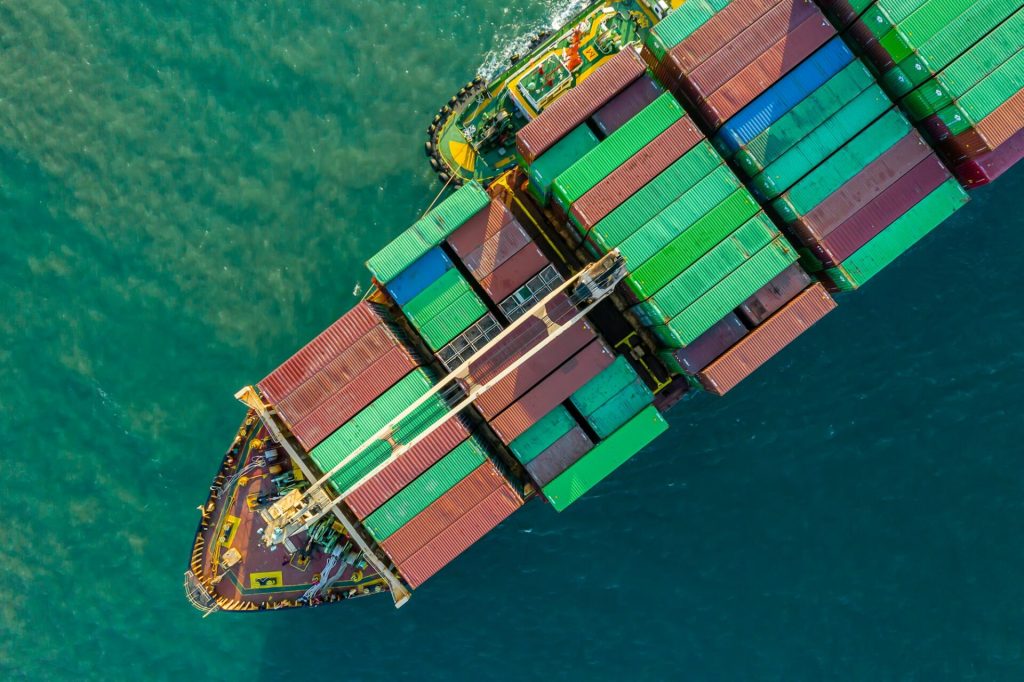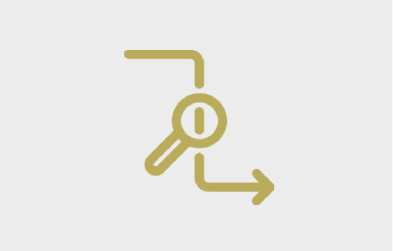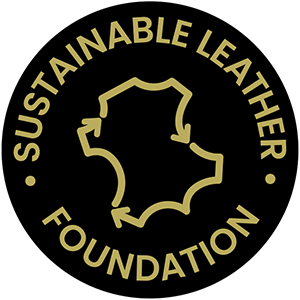Traceability and Transparency
The Importance Of Traceability And Transparency In The Leather Industry
The leather industry is comprised of complex value chains, working across different industry applications and across varying global concerns and sensitivities. Within these complex value chains, the potential for exploitation of people and finite planet resources is present. Society is better informed than ever before and consumers have an expectation that organisations involved in the manufacture of products operate ethically, with due diligence, and in a sustainable way that does not compromise the present and future of the people and planet in the process.
The Sustainable Leather Foundation (SLF) believes that traceability and transparency are fundamental elements to provide the leather value chain with the adequate socio-environmental safeguards and, from its inception, has held them as key priorities for improved environmental, social, corporate and operational governance. This document will outline the Foundation’s position on how traceability and transparency support a more sustainable leather industry.
Supply Chain Complexity
Challenges
There is an increasing demand from brands and consumers to have enhanced visibility of raw material origin and the production processes involved in the manufacture of the articles they buy. However, it is important to recognise the challenges associated with meeting that demand.
Globalisation:
Many supply chains involve the transit of material (at varying stages of production) to different countries. For example, bovine leather may have originated in the Brazilian Amazon, undergone part-processing in Asia, finishing in Italy, product manufacture in India before being shipped around the world for retail sale.
Maintaining the ability to monitor, track and verify the leather is then further complicated by the way in which is it processed. For example, has the material been split into more than one piece (i.e. a top grain and a suede?) or was the material shipped through a trader that batched together quantities of material from more than one origin / source?
Farming Practices:
Some regions of the world have systems in place that provide animal welfare protection and that can track an animal from birth through to slaughter. Technology is now available to extend that identification from the slaughterhouse to the tannery. However, there are parts of the world where customs and traditional farming do not require that this becomes standard best practice and may not have regulated farming and slaughtering systems.

Solutions
Where there are differentiated supply chains, traceability is a critical tool to protect sustainable parts of the value chain. As a result, traceability has been a development topic in the leather industry for many years.
However, that development has largely been focused on the direct processes of the leather manufacturing value chain, i.e. from the slaughterhouse to the finishing tannery.
Where there is land use, animal welfare or on-farm labour risks at stake, this is not enough. For known sustainability risks such as deforestation, land use conversion, animal welfare, forced labour and corruption, due diligence requires greater traceability and transparency for raw material sourcing.
How can this be demonstrated?
There are tools currently being used in the marketplace such as physical marking on hides (stamps or laser) and some newer technologies such as embedded markers (DNA and ceramic powders) that support traceability for parts of the value chain. There are also IT systems that can be adopted including the potential of Blockchain technology to enable a robust chain of custody.
The Sustainable Leather Foundation’s tools provide a mechanism to transparency that works throughout the leather value chain. Working with industry stakeholders who hold the same vision and ambition, we are developing a system that caters to all levels of ability to demonstrate traceability. Both from the capability we currently have, but also with a focus on how we can improve and unify a global standard for traceability in the future.
Get Involved
For more information contact us on the button below:

Definitions at a glance…
Traceability:
Defined as “The ability to identify and trace the history, distribution, location and application of products, parts and materials, to ensure the reliability of sustainability claims, in the areas of human rights, labour (including health and safety), the environment and anti-corruption”.
Transparency:
Defined as “Relevant information being made available for all elements of the value chain in a harmonized way, which allows for common understanding, accessibility, clarity and comparison”.
